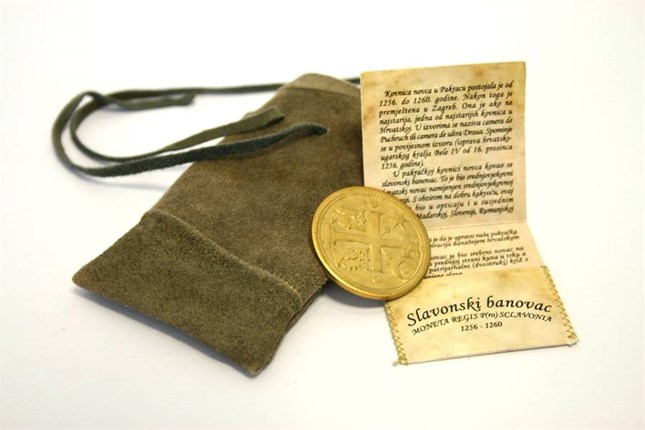Slavonian banovac
In the 13th century, Slavonian banovac used to be what kuna or Euro is today. One of the top and most spread medieval currencies was minted in the first Croatian mint within the walls of the Pakrac Old Town for full four years, from 1256 until 1260 when it moved to Zagreb.
Only the Ban (Viceroy) and his authorized representative, the Chamber Count, had access to the chests of silver money. On one side of the Slavonian banovac was a running marten, and on the other a double cross with two crowned heads, symbols of a personal union between Croats and Hungarians.
You can still mint banovac as an original souvenir in the Museum of the City of Pakrac with the help of knights and blacksmiths. Here you will find out firsthand the story about the making and history of banovac, a coin that inspired the authors of today’s Croatian kuna.
In case you did not know – the marten from the Slavonian banovac is part of the official Croatian emblem and the emblem of the city of Pakrac that even dedicated the central town square to this Argentine which is so important for its history.

